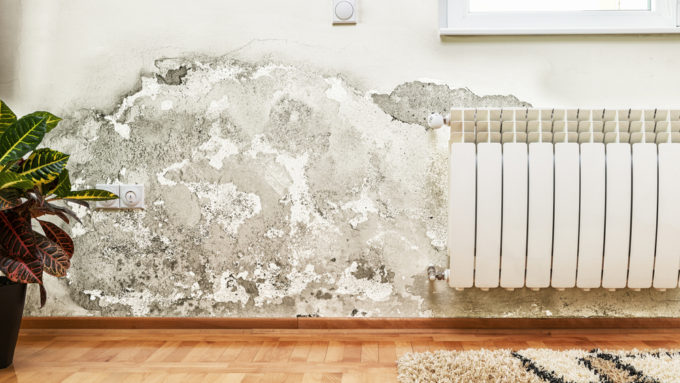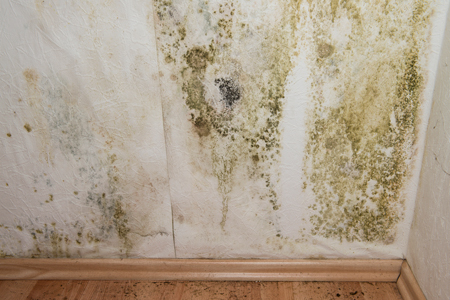It’s no secret that there are many people whose health is negatively affected by mold.
From aggravated allergies to asthma and similar symptoms, eliminating mold in the home is a priority for restoring and maintaining respiratory health.
What you may not know is that there is a by-product of mold known as mycotoxins. Let’s take a look at what they are and what you can do to eliminate them.
Mold and Mycotoxins
To put it simply, mold is a fungus. It thrives in wet and humid conditions. If outside weather is especially humid, you’ve had water damage, there are highly moist areas in your home or undetected moisture problems, conditions are excellent for mold to grow and spread.
Mycotoxins are airborne chemicals released from fungus or in this case specifically, mold. Typically, the more mold you have in your home, the greater number of mycotoxins are produced.
Although there are hundreds of thousands of different types of mycotoxins, they need not be present for mold to form and grow. Once mold sets in, however, mycotoxins attack anything that stands in the way of mold to spread, including other types of mold.
According to a study as published in the Applied and Environmental Microbiology journal, there are only a few varieties of mycotoxins that are classified as harmful to humans and animals.
Where Do Mycotoxins Come From?
Where there is mold, there are mycotoxins. However, not all types of mold produce potentially dangerous mycotoxins.
While studies at the World Health Organization focus primarily on how mycotoxins affect crops and livestock, they can be also found in indoor environments and homes.
Exposure to Mycotoxins Health Effects
Long-term exposure to toxic mycotoxins has been shown to cause increased inflammation of the immune and nervous systems.
It may result in symptoms such as:
- Headache
- Fatigue
- Muscle Ache
- Joint Pain
- Brain Fog
- Difficulty Breathing
Elimination and Prevention of Environmental Conditions
The best way to prevent exposure to mycotoxins is to eliminate mold and conditions for mold.
Since mold thrives in excessively humid, moist conditions, it’s important to keep your home clean and dry.
Any prior water damage, flooding or excessively humid outdoor weather conditions should be checked to make sure there aren’t any areas that haven’t been dried. This is especially important in areas like crawlspaces under your home where water pools and is more difficult to keep clean and dry.
Watch for any signs of obvious water damage like stains, standing water, a persistent musty smell, areas prone to condensation, warping or bowing of floors or walls and peeling paint due to lack of proper ventilation.
Stay away from problem areas in the home and call for professional help to check the areas. Mold remediation treatment may be needed to get rid of mold and mycotoxins.
A professional will also be able to locate the source of the problem and where water is entering the home, crawlspace or find the reason for condensation or excessive moisture. This is key in prevention and future exposure both to mold and mycotoxins.
Consider using a dehumidifier in chronically humid locations. An air purifier may provide relief because it filters and traps airborne impurities, a helpful tool for anyone suffering from a compromised immune system or experiences respiratory issues.
Conclusion
Knowing that excessive water and humidity are prime reasons for the onset of mold and mycotoxins, it’s a good idea to have your home checked for reasons why it’s an on-going issue in and around your home.
To eliminate mold is to reduce the risk of breathing in potentially harmful mycotoxins.
In Sonoma County, call the mold remediation and crawl space restoration specialists at RCS. Let our years of experience identify and eliminate mold and mycotoxins in your home.



